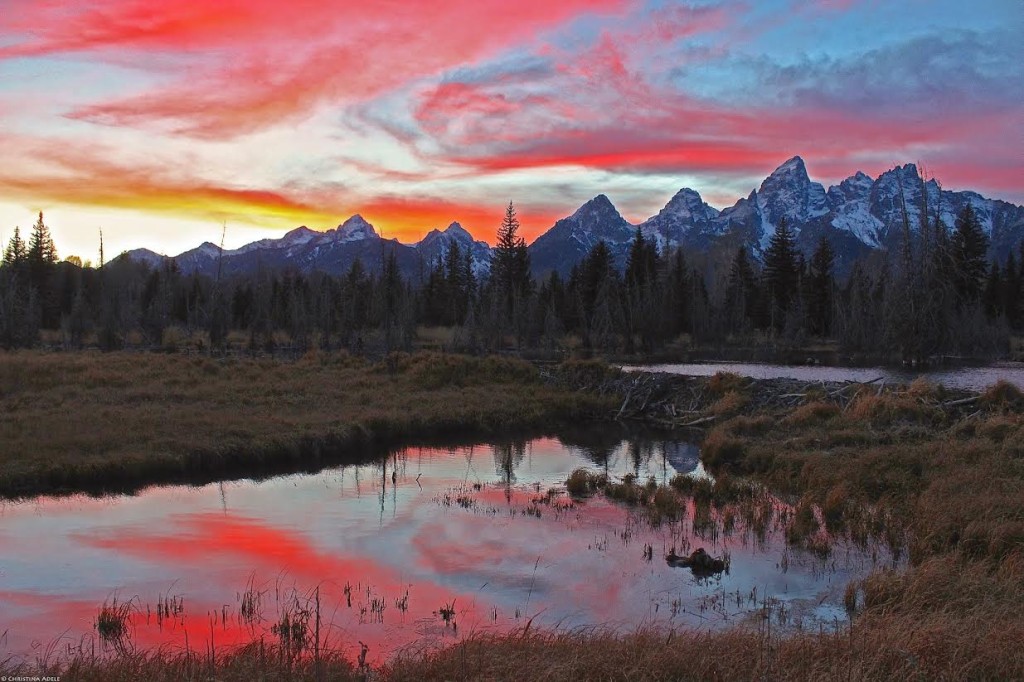
Like many others who dream of having careers with the federal government in the forestry field, when I graduated from college in 2013, I was overwhelmed with a sense of hopelessness. All that I ever been told was how competitive and impossible it was to land one of these jobs. I was told to prepare to try for a decade before I was able to get into these fields. Surprisingly, despite all that I had been told, I landed a job less than a year later. I realized it wasn’t as difficult as I had been warned and that it has been increasingly easier to get jobs in forestry field in the past years. Students have even more reason to be hopeful about their future careers thanks to an especially generous federal budget that was just released this past week.
On February 2, 2015 the White House released the budget for fiscal year 2016. To the delight of many, this budget included significant increases of funds to the National Park Service and the Bureau of Land Management. These two agencies, both under the Department of the Interior, are the two of the largest employers in the forestry field. Not only do these budgets increase conservation efforts and educational programs in America’s Public Lands, they also provide significantly more job opportunities for those interested in working in the beauty of nature. The National Park Service, who will celebrate their centennial in 2016, was appropriated $3 Billion in this budget. This is approximately $400 million more than what the parks were granted in 2015. But the NPS was not the only agency to benefit from the new budget. The Bureau of Land Management also saw their budget increase to $1.2 Billion which represents an increase of almost $100 Million. Among these increases include $8 million specifically appropriated to the National Park Service to provide more park ranger jobs around the country. What was previously a highly competitive field will become less so, giving hundreds more opportunities to park service hopefuls.
Previously, jobs with the Park Service were notoriously difficult to land, for every job opening there were between four and seven hundred applicants. Adding in Veteran’s preference, which automatically gives Veterans priority over anyone else, no matter how qualified they are, recent college grads were finding it almost impossible to find jobs in this particular division of the forestry. But no more, this budget opens the opportunities wide open.
However, not all of the budget news was so positive. The U.S. Forest Service, another of the top employers in the forestry field, saw their budget decrease about $6 million. Although when compared to their entire budget, this is only a loss of about one percent, and not a significant loss by any means. Still, after the increases granted to the National Park Service and Bureau of Land Management, it was a surprising turn of events.
So what does all of this mean for students? It means that if they are job hunting in 2016, they should look towards the NPS or the BLM and not to the Forest Service. It also means they should not get discouraged while planning their careers, despite what they may have heard otherwise. There are plenty of opportunities out there, with more opening up every day.
